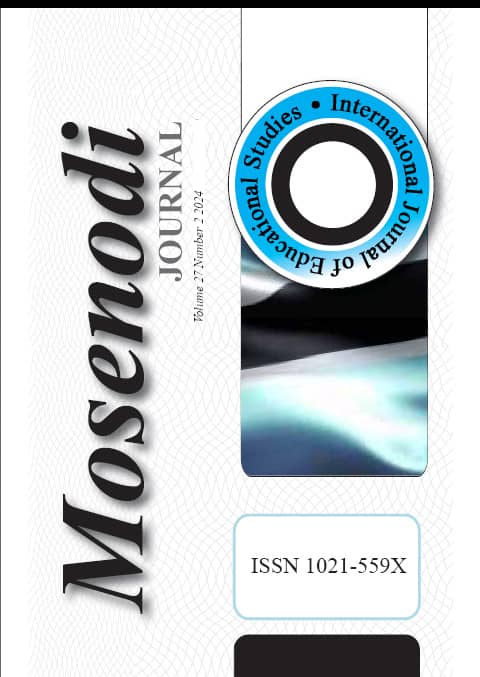TYPES OF TEACHER TALK IN CLASSROOMS AND IMPLICATION FOR LEARNER PERFORMANCE
Main Article Content
Abstract
This article analyses the types of talk employed by the teacher in Setswana and English
classroom interactions at Phatsimo junior secondary school in the Tutume Sub-region of
Botswana. The study adopts a qualitative case approach involving one class of form 3 students
and one English teacher and one Setswana teacher as participants. The Flanders Interaction
Analysis Category (FIAC) is used as an underpinning framework. Data was generated from an
observation tally sheet and video recordings of four classroom sessions. The results show that
content cross was the most dominant type of teacher talk, indicating that most of the teaching
and learning time was dominated by the teachers doing most of the talking, with the learners
largely passive. This was followed by relatively low score for teacher control where teachers
in both subjects exerted little effort in controlling the students. Teacher support came third,
evidencing that the talking done by teachers hardly supported the learners. The article
concludes that the model of teaching and learning at Phatsimo junior secondary school focused
on the teacher or was teacher centred. The study recommends a more learner-centred approach
where students are participatory, and a re-evaluation of teacher training programs with a view
to incorporate learner-centred teaching strategies.
